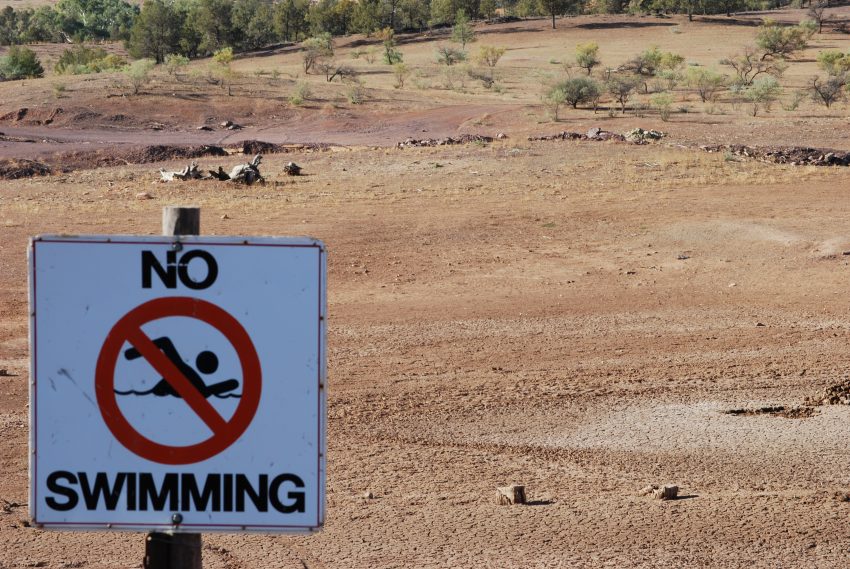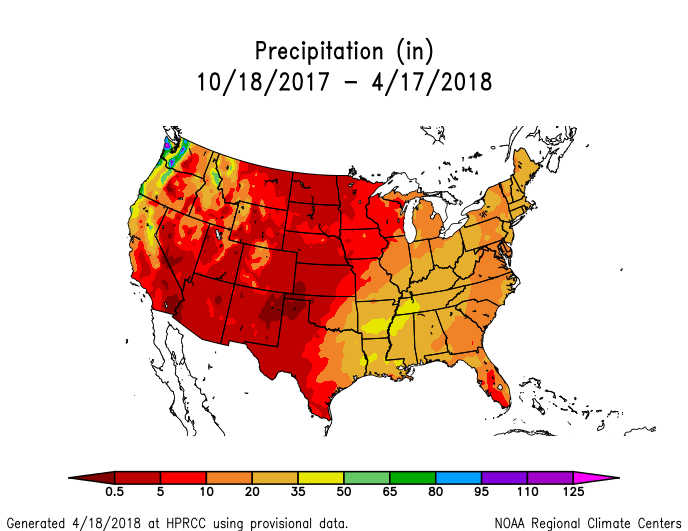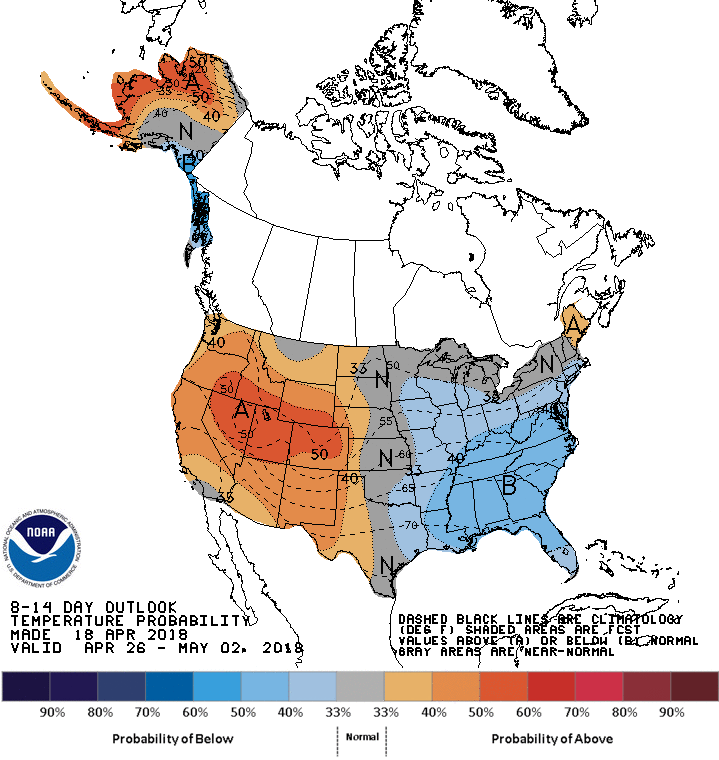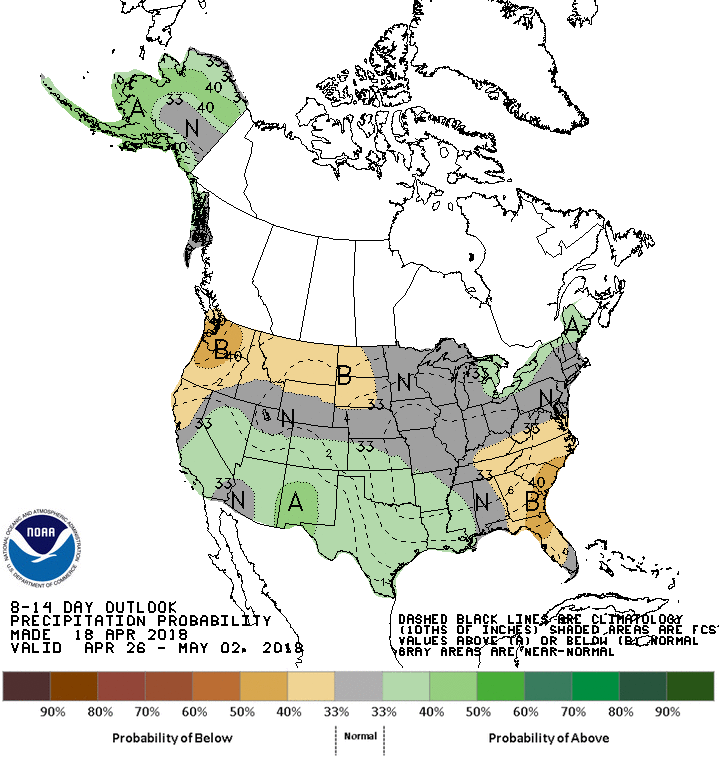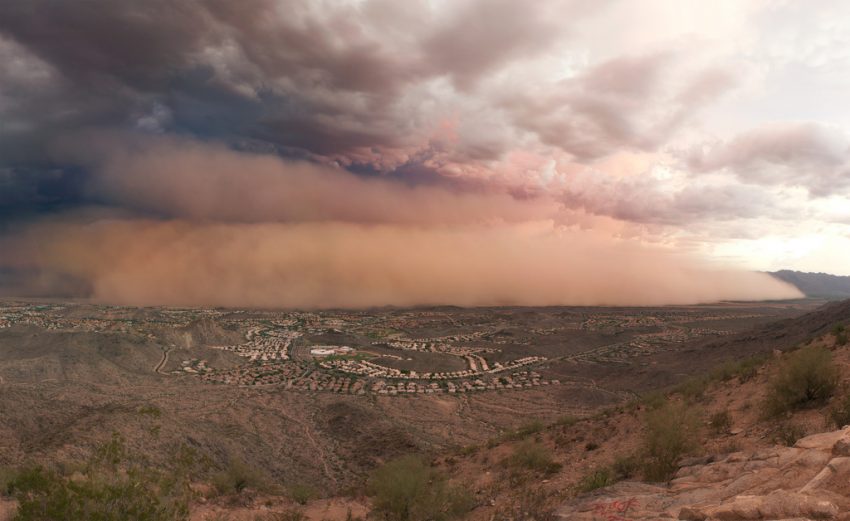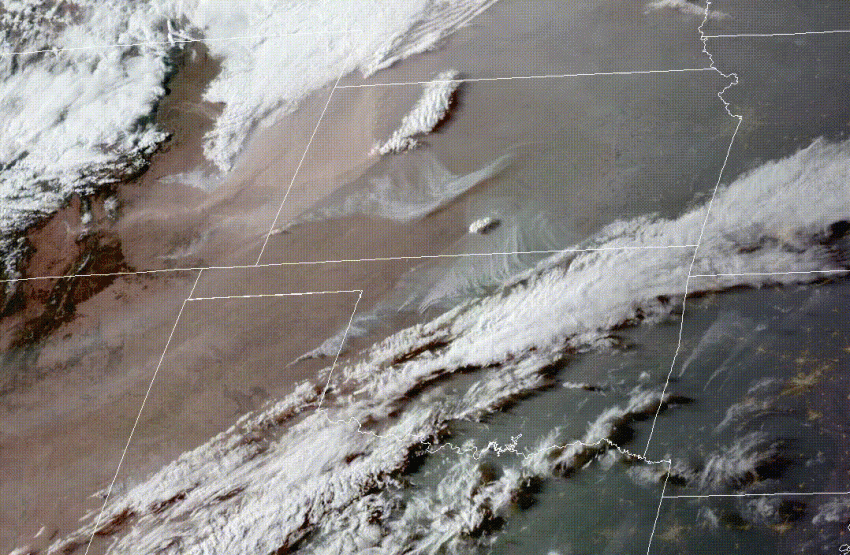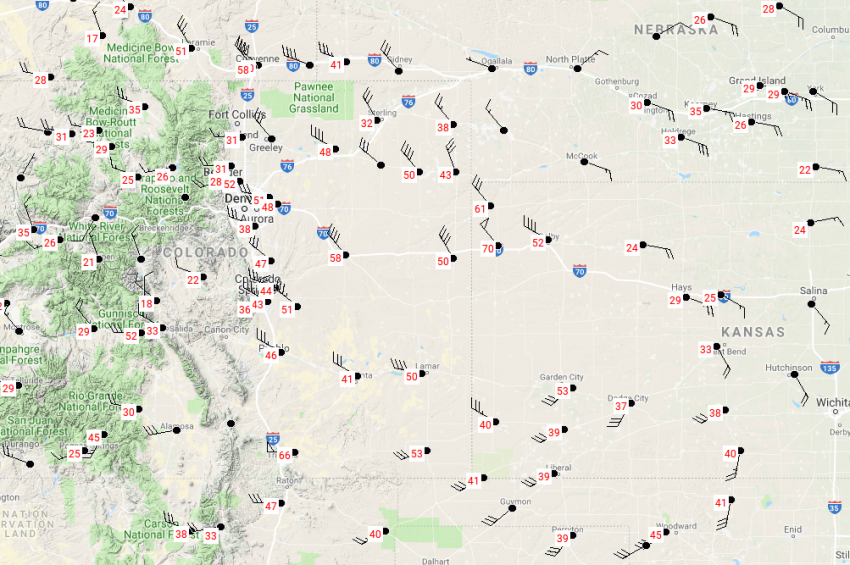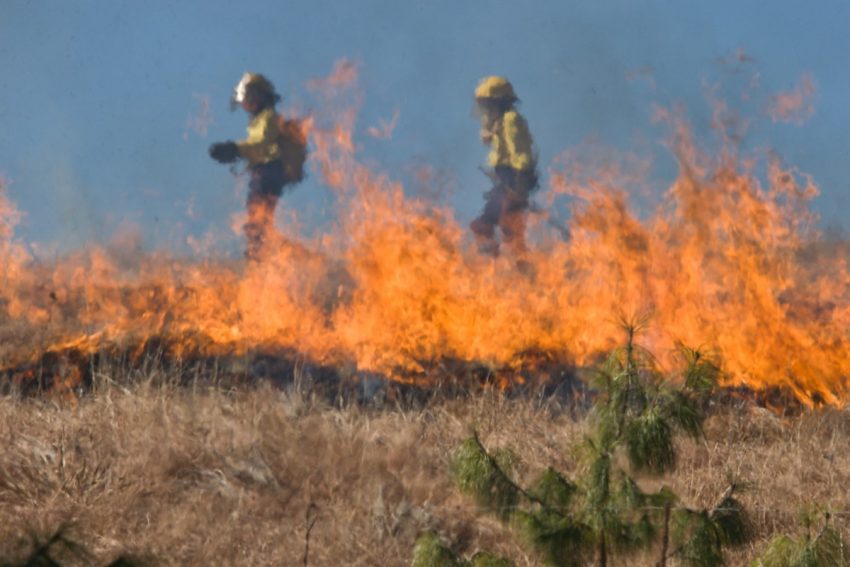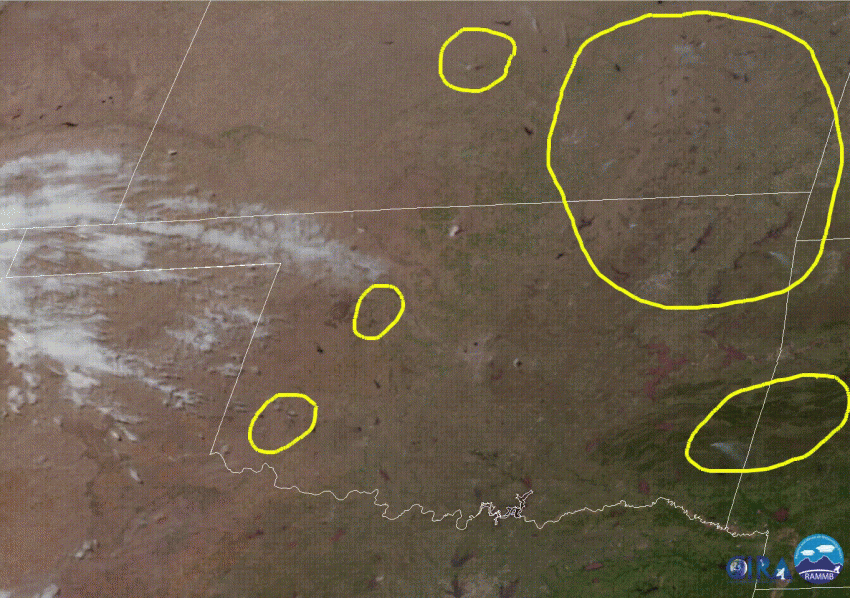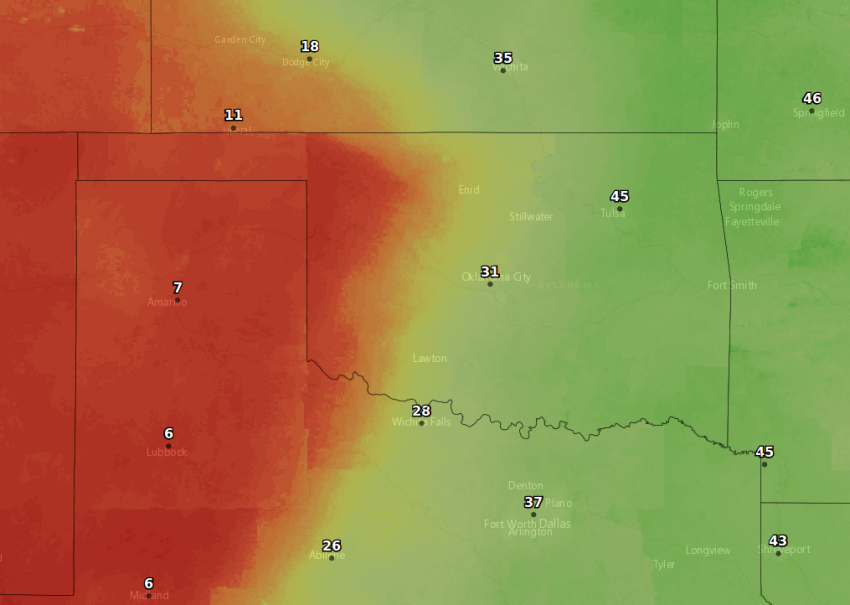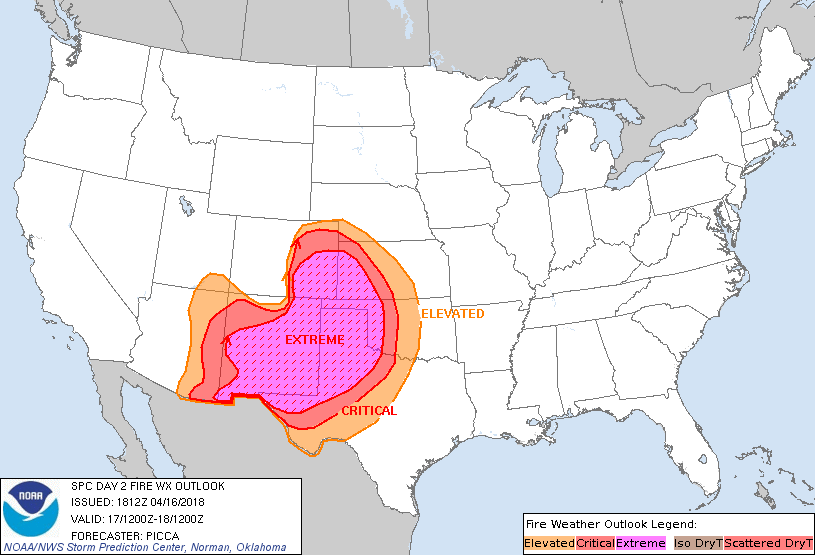Beijing Sees Wettest Day In Six Months; Rain Targets Korean Peninsula Next
Low pressure moving across eastern China has brought Beijing its wettest day in more than six months. The heavy rain will target the Korean Peninsula through Monday.
The Details:
Beijing picked up 27.2 mm of rain on Saturday, which is the most rain in the city since October 10th, 2017 when 52 mm of rain fell. The rain has now ended across most of the metro area.
Steady to heavy rain will spread across the Yellow Sea on Sunday and move into the Korean Peninsula on Monday.
The swath of heaviest rain is expected to setup from just south of Beijing eastward across the Yellow Sea and through South Korea. 50-100 mm of rain is expected in this corridor over a 24-36 hour period of time.

Monday is expected to be a rainy day across South Korea as low pressure moves across the country. Some flooding is possible in the areas of heaviest rain, including around Seoul.
As low pressure moves into the Sea of Japan on Tuesday, it will weaken and consolidate with a stronger low farther south.
Below is a model animation showing expected rainfall totals from Saturday afternoon through Tuesday.


